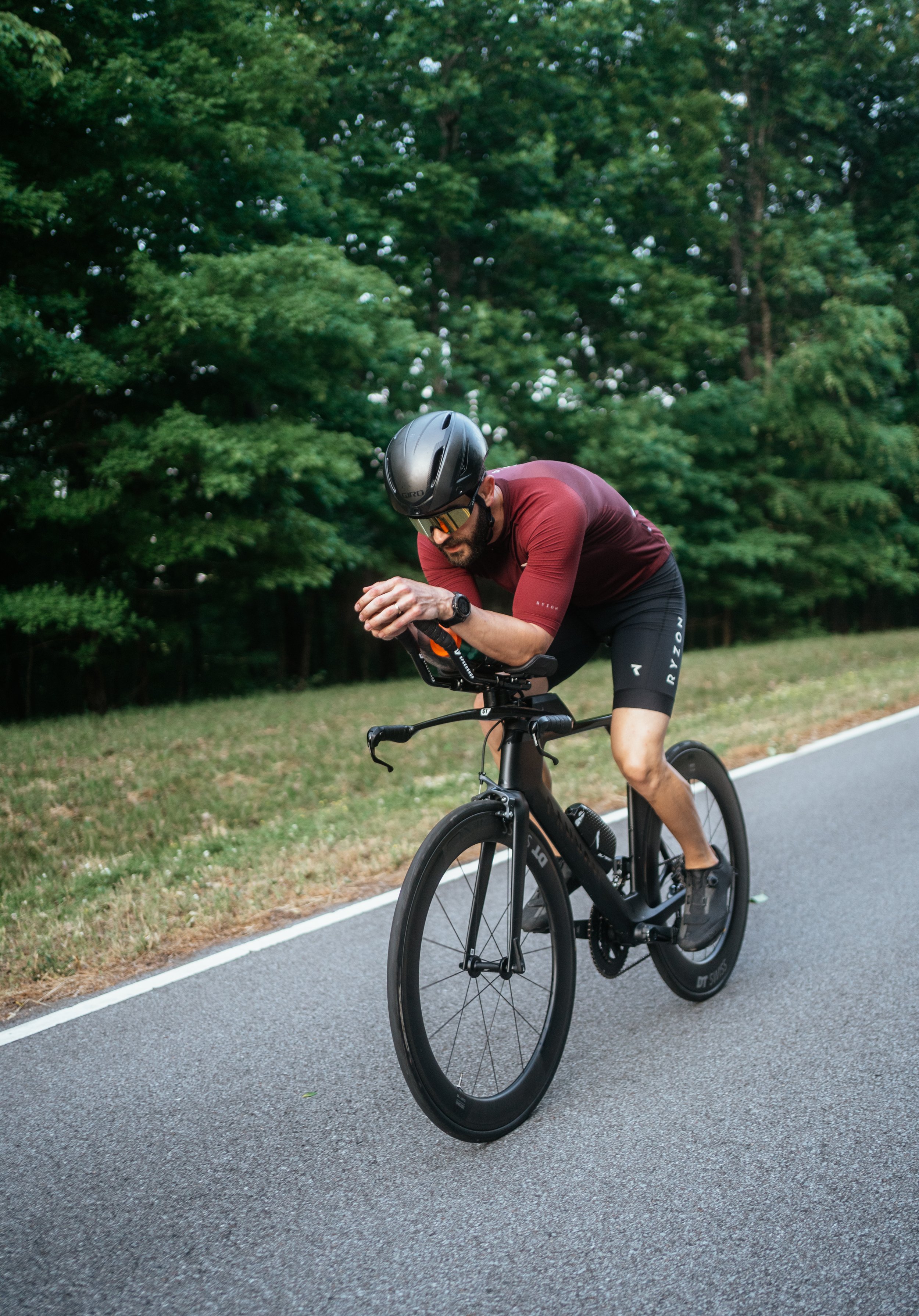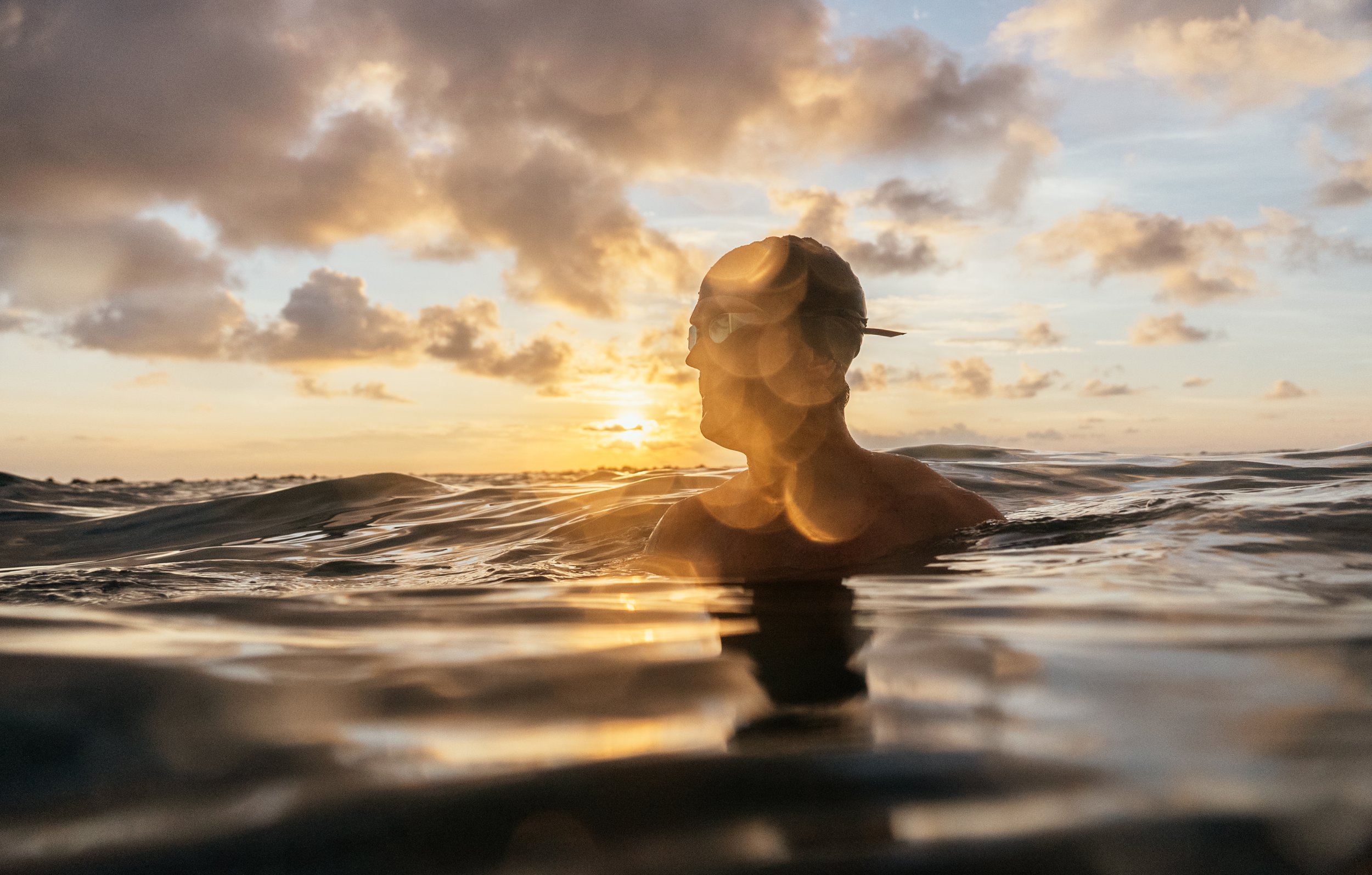Behind the Scenes of My Biggest Documentary Yet!
Behind the Scenes of a Music Documentary
I’ve been wanting to share the behind-the-scenes of this project for a while now. Filming "Keep Up," a documentary about Nashville-based musician Ryan Kinder as he writes his second full-length country rock album while training for the Ironman World Championship, was one of the most rewarding and challenging projects of my career. This is a look into what went into making this film and why it became one of my favorite documentary projects to date.
Connecting with Ryan Kinder
The story began when I first heard about Ryan Kinder through a podcast. His voice, talent, and story caught my attention right away. I reached out to him, despite never having met him in person. What intrigued me most about Ryan was his ability to balance two passions that require immense dedication: music and triathlons. Recording a new album while training for the Ironman World Championship seemed like a story filled with grit, determination, and perseverance—qualities I resonate with as both a filmmaker and an athlete.
Being a musician myself, I saw in Ryan’s journey something that I had always dreamed of pursuing. While I didn’t follow that path, filmmaking allowed me to dive into the lives of those who do, like Ryan, and document their journeys through my camera.
The Early Days of Filming
Our first meeting happened in Nashville, where Ryan was performing at a Christmas concert. The moment he began singing, I knew I had stumbled upon something special. His voice quieted the room, and everyone was drawn in. Little did I know that this would be the start of a deep friendship and a year-long journey documenting one of the most intense years of his life.
The real filming began in Montreal, where Ryan was recording his album. I come from an adventure filmmaking background, so shooting in a comfortable, temperature-controlled recording studio was new to me. But I embraced the challenge and adapted the skills I had learned filming in extreme outdoor conditions to this environment. Those days in the studio were long—often more than 12 hours—but filled with moments of creativity, energy, and camaraderie.
One of the highlights of filming in Montreal was the opportunity to immerse myself in Ryan's world of music. I’d sleep on the studio floor, surrounded by instruments, and late at night, when everyone else had left, I found myself inspired to write my own songs. Even though I wasn’t the one in front of the microphone, I felt like I was living out a part of my own musical dream through this project.
Capturing the Ironman Training
While filming Ryan in the studio was exciting, the heart of the story lay in his preparation for the Ironman World Championship. I followed him through intense training sessions, documenting everything from early morning swims to grueling runs and long bike rides. It was fascinating to witness how Ryan balanced his musical life with the physical demands of triathlon training.
However, Ryan’s journey wasn’t without setbacks. Halfway through his training, he broke his collarbone while snowboarding, an injury that put his Ironman ambitions in jeopardy. I’d broken my collarbone surfing, so I knew firsthand how debilitating the injury could be. Swimming, biking, and running—core elements of triathlon training—are especially difficult with such an injury, and it was incredible to see Ryan’s determination to continue.
Since I couldn’t be there for every moment of Ryan’s physical recovery, I hired a local videographer in Nashville to capture some of the physical therapy sessions. This was a new approach for me, as I typically film, direct, and produce my documentaries on my own. But with a project of this scale, I knew I needed help. Working with a team was essential in telling Ryan's full story.
Filming The Chattanooga Half Ironman
After months of recovery and training, Ryan competed in the Chattanooga Half Ironman. This was my first time filming an Ironman event, and it was a thrilling experience. I ran alongside Ryan for parts of the race, capturing moments as he fought through the last few miles. While he had already completed a 56-mile bike ride and a 1.2-mile swim, I was fresh, gimbal in hand, trying to keep pace and get the shots.
Watching Ryan finish the race was inspiring. Despite all the setbacks, he persevered, and capturing that moment felt like documenting the culmination of months of hard work and determination. But the journey was far from over—we still had the Ironman World Championship ahead of us.
Ryan’s Car Accident
As Ryan prepared for the World Championship, he faced another major challenge. While out on a training ride, he was hit by a car and suffered serious injuries. I wasn’t able to be there at the time, but Ryan filmed some phone videos during his recovery, and we later staged a reenactment of the accident to illustrate the severity of the situation. It was tough seeing Ryan go through these difficulties, but it was also a testament to his resilience.
Even while recovering, Ryan remained committed to his music. He continued recording songs and preparing for the album release, showing me once again that his success wasn’t just about his athletic abilities or his voice—it was about his unwavering dedication to everything he pursued.
The Ironman World Championship in Hawaii
In the fall of 2022, Ryan finally made it to Kona, Hawaii, for the Ironman World Championship. Filming in Hawaii was a surreal experience. We spent a few days capturing footage of Ryan biking along the scenic island roads, swimming in the ocean, and mentally preparing for the big race.
Because it was just me filming, I couldn’t cover all 112 miles of the bike course, so we staged some shots ahead of time to create a fuller narrative. This process required a bit of creative filmmaking, but the stunning Hawaiian landscape made every shot worth it.
One of my favorite memories from Hawaii was filming Ryan at sunset in a volcanic bay. The light was perfect, and as Ryan stretched, preparing for the race, it was a reflective moment for both of us. We had been through so much over the past year, and being there together in Hawaii felt like the culmination of it all.
Editing the Documentary
Once the filming wrapped up, it was time to edit the documentary. As always, editing is one of the most challenging parts of the filmmaking process. At the time, I was overwhelmed with other projects, so I brought in a trusted friend, Alex, to help with the edit. Working together, we pieced together Ryan’s story, balancing the narrative of his music career with the physical demands of his Ironman journey.
After months of hard work, we submitted the final cut to Outside TV, and "Keep Up" was distributed on their platform. The documentary premiered at the Nashville Film Festival, which was an incredible moment for both Ryan and me. Although we couldn’t attend, seeing the film come to life on the big screen was a dream come true.
The Takeaway
Looking back, this project taught me so much about filmmaking, storytelling, and friendship. Ryan Kinder’s story is about more than just triathlons or music. It’s about resilience, kindness, and the power of perseverance. Watching him overcome obstacles—both physical and emotional—was a privilege. And through it all, I was reminded of why I love filmmaking. It allows me to step into someone else’s world, document their story, and share it with others.
Working on "Keep Up" wasn’t just about capturing beautiful shots or telling an engaging story—it was about learning what true success really looks like. For Ryan, success isn’t defined by his Ironman finish times or his music sales. It’s defined by his character, his dedication to helping others, and his kindness toward everyone he meets.
I hope that when people watch "Keep Up," they not only enjoy the film but also walk away inspired to be more humble, more determined, and more compassionate in their own lives—just like Ryan.
Let’s Connect
Roo is a Emmy nominated documentary filmmaker and photographer based in Boulder, Colorado but travels all around the world for his filmmaking career. He has directed documentaries for Patagonia in California, produced films for Outside Magazine throughout Europe and Africa, camera operated for Netflix in the Rocky Mountain West, photographed among indigenous communities in South America, and has received notable recognition in his hometown of Orcas Island in Washington State for his work telling uplifting stories in the outdoor space.







